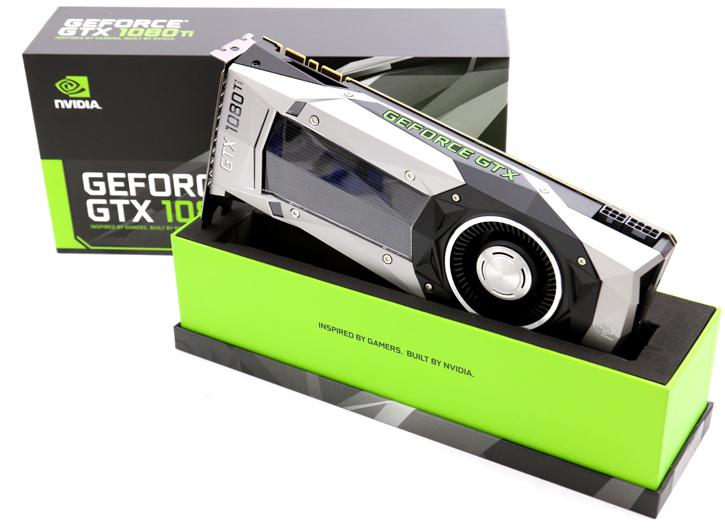Conclusion
Final Words & Conclusion
In a world where anything and everything is measured and observed these days we always find it refreshing to divert from the regular benchmarks and do some frame-time recordings with FCAT (and then analyze it). Often it'll back what we see on-screen, we can output that data and place it into a plot for you guys to see what is going on. As such we always add these results to try and find anomalies.
The GeForce GTX 1080 Ti overall exhibits nothing worrying, in fact the overall plots show really consiustent frame pacing and times. Some games will show an anomaly or two, but often that is game engine related.
We do hope you enjoy these results as well, we also understand that they can be a tad hard to understand and grasp for the average user who just wants to play games and relate anything and everything to frame-rates. The two are intertwined though. FACT is that FCAT in the past exposed micro-stuttering issues, it exposed framepacing issues, it exposed game rendering issues and a while ago we exposed the UWP DirectX 12 issues (the VSYNC-like behaviour we noticed). That makes FCAT an excellent tool to show anomalies that shouldn't happen.
Conclusion
While frametime results and output are designed for multi-GPU environments, it does tell us a lot about single GPU setups as well. You will, however, see less issues on a single GPU setup (obviously). But hey, if there is a problem, rest assured it would be exposed. Comparing apples to oranges, when you look at the charts NVIDIA still has a better overall solution as their latency differentials for each even and odd frame are a hint better. But the frame pacing difference these days with AMD is very close. The Fury as of later however seems to exhibit more stutterers, it might be running into VRAM limitations, Oh Vega where are Thy?
Overall we can say that the GeForce GTX 1080 Ti performed pretty good in the ten FCAT tests we ran it through. That goes for both DirectX 11 and DirectX 12 enabled titles. The massive 11 GB frame-buffer obviously helps out quite a bit in the more AA heavy environments, but yeah, the super-fast GTX 1080 Ti manages really well.
For now we end this article, obviously in the future we'll be monitoring frame-pacing with other and newer titles.
BTW I wanted to add Tom Clancy's The Division as well, but it seems like every day their servers are offline at daytime, making it impossible to login to the game. Sorry about that.
Recommended Downloads
- Sign up to receive a notice when we publish a new article
- Or go back to Guru3D's front page
Hilbert out, peace :)


